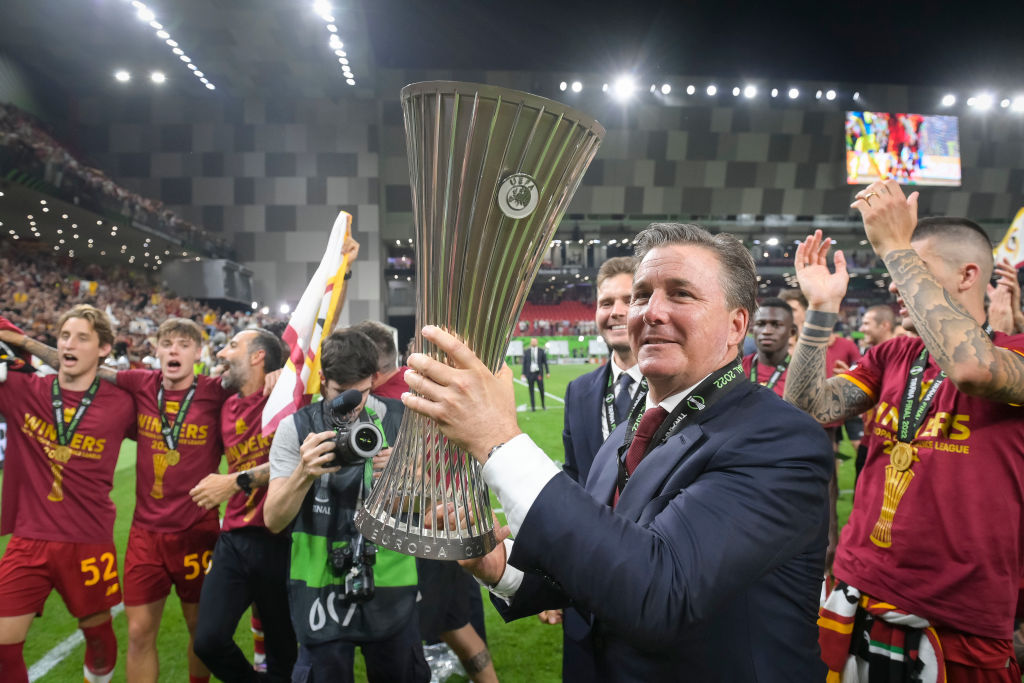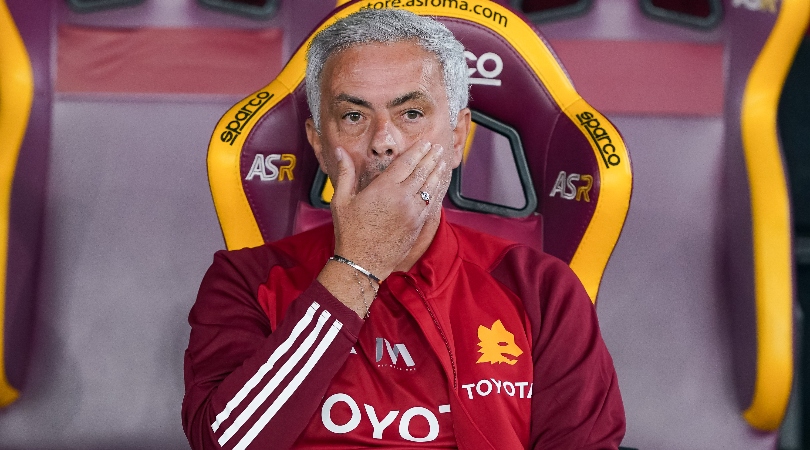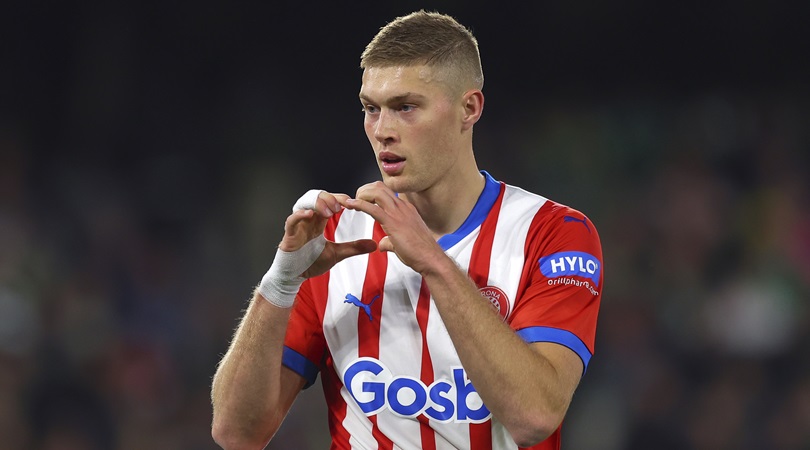
Roma owners the Friedkin Group have agreed a deal to take over Farhad Moshiri's 94% share in Premier League side Everton.
The move still needs to receive the relevant approvals from the various powers that be, but will nonetheless come as welcome news to Everton fans after years of uncertainty, points deductions and failed takeovers.
If and when it does go through, though...then what? We look at what the Dan Friedkin and his associates have done since taking over at Serie A side Roma four years ago to see if we can get any kind of an idea.
Roma’s managerial appointments and stasis on the pitch
Sean Dyche may be relieved to hear that Roma kept Paulo Fonseca in situ for the rest of the season after Friedkin completed their takeover in August 2020. However, Roma announced before the end of the campaign that the Portuguese would depart to be replaced by Jose Mourinho. Interestingly, Roma had reportedly reneged on a deal to bring Mauricio Sarri to the club before announcing Mourinho, whose appointment came as a surprise.
That’s about as route one as it gets as far as ‘new owners go out and sign up the biggest-name manager they possibly can’ goes, but did not show a tremendous amount of imagination. Mourinho was already on a downward trajectory after his second spell came to an ignominious end, followed by underwhelming spells at Manchester United and Tottenham Hotspur.

Mourinho was given plenty of time to oversee a revival after two seasons away from Roma’s previous position as top-three regulars in Serie A, but failed to improve things significantly from there.
It could not be more static, in fact: Roma would have finished Fonseca’s final season on 63 points if their opening-day draw had not been retrospectively declared a defeat due to an administrative error. Mourinho took Roma to 63 points in his first season, 63 points in his second season, then was dismissed midway through his third (last season) to be replaced by Daniele De Rossi. Roma finished with…63 points.
Mourinho however did deliver the Conference League trophy in 2022 and take Roma to the Europa League final in 2023, where they were defeated by Sevilla; but then, Fonseca had taken them to the semi-final of the Europa League in his final season, which Roma matched against last season.
De Rossi was not given the luxury of time Mourinho had been afforded. He was dismissed last week after just seven months in the job and an extremely middling start to the new campaign, to be replaced by former Torino boss Ivan Juric. The Croatian is a steady but unspectacular pair of hands whose greatest success was guiding newly-promoted Hellas Verona to back-to-back top-half finishes on a small budget. Reports suggest Roma may have turned to Juric after failing to attract Xavi, among other candidates.
VIDEO Why Arsenal Were BETTER Than They Looked Against Atalanta
Friedkin's transfer track record at Roma
Everton are in a very different position to the one Friedkin took over at Roma in 2020, but for what it's worth, they did not particularly rush into splashing the cash after sealing that purchase.
It is worth saying they arrived into a deflated transfer market, with the takeover coming during the weirdness of the covid pandemic and an extended summer transfer window.
Roma had already lined up four summer transfers under the previous ownership, three of which came with eight-figure transfer fees, leaving Chris Smalling's arrival from Manchester United as Friedkin's only new arrival of the summer. Stephan El Shaaraway followed as a free transfer that January.
A more significant investment was made the following summer, with their €96.75m transfer spend including the €40m acquisition of Tammy Abraham from Chelsea; but until this year, that was Friedkin's only real splurge since taking over the club.

In the meantime, Roma sold significant numbers of departures over the past few summers while reining back their transfer spending, turning huge net transfer profits of €71.5m and €63.2m in 2022/23 and 2023/24 respectively.
In that spell, Roma generally played the free agent and loan markets for players like Paulo Dybala (a free transfer from Juventus), Georginio Wijnaldum (on loan from PSG) and Romelu Lukaku (on loan from Chelsea).
However, Roma poached sporting director Florent Ghislofi from French side Nice this summer, however, and with that appointment came a renewed round of spending. 13 new players have arrived this summer for a combined €92.6m, including big-money fees for GIrona hotshot Artem Dovbyk, promising Juventus winger Matias Soule, and appropriately-named Rennes midfielder Enzo Le Fee.
By Italian standards, that's a pretty substantial amount of money to spend: only Juventus, Atalanta and Napoli have spent more this summer.
What does this tell us about Friedkin's plans for Everton?
In FourFourTwo's view... probably not a great deal. The first few years of a new owner's stewardship invariably includes a few missteps that they then learn from, and Everton might hope they can get the benefit of Roma having been something of a guinea pig already.
It's obvious that Everton need investment not just for their day-to-day running, new stadium and the settlement of debts, but in the transfer market too. January is a notoriously tough time to do an overhaul, but the current evidence is that the club will be left with little other choice.
In truth, worrying about anything else at the moment is like looking at your house burning down and standing there wondering if the firemen might also make serviceable builders once they've got it put out.
Roma's experience is that the owners are willing to sanction spending when it is felt necessary, and happy to consolidate when they feel they should have enough already. The first part of that is the only thing that really matters to Everton at the moment.
The fact that there now seems to be a light at the end of the tunnel might well provide a welcome lift in the meantime. With the January transfer window still months away, they're going to need it.







